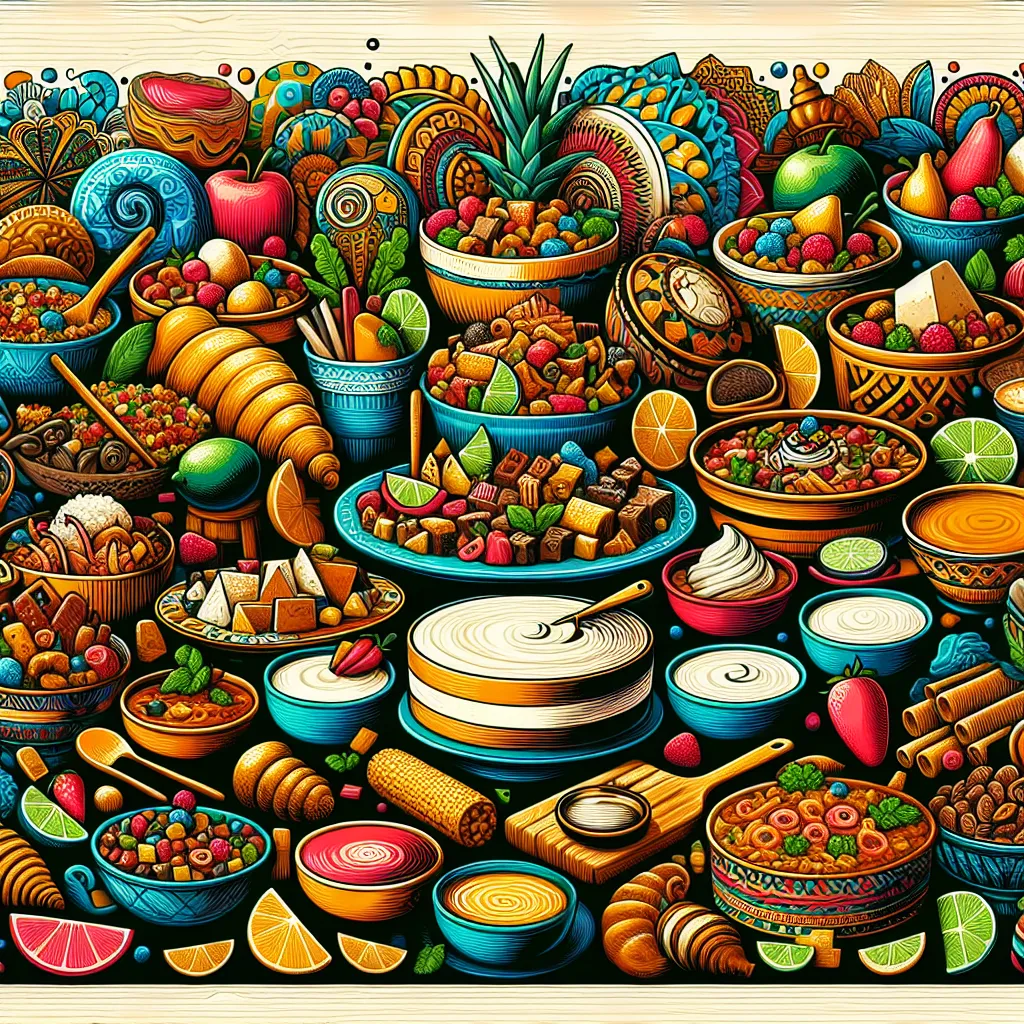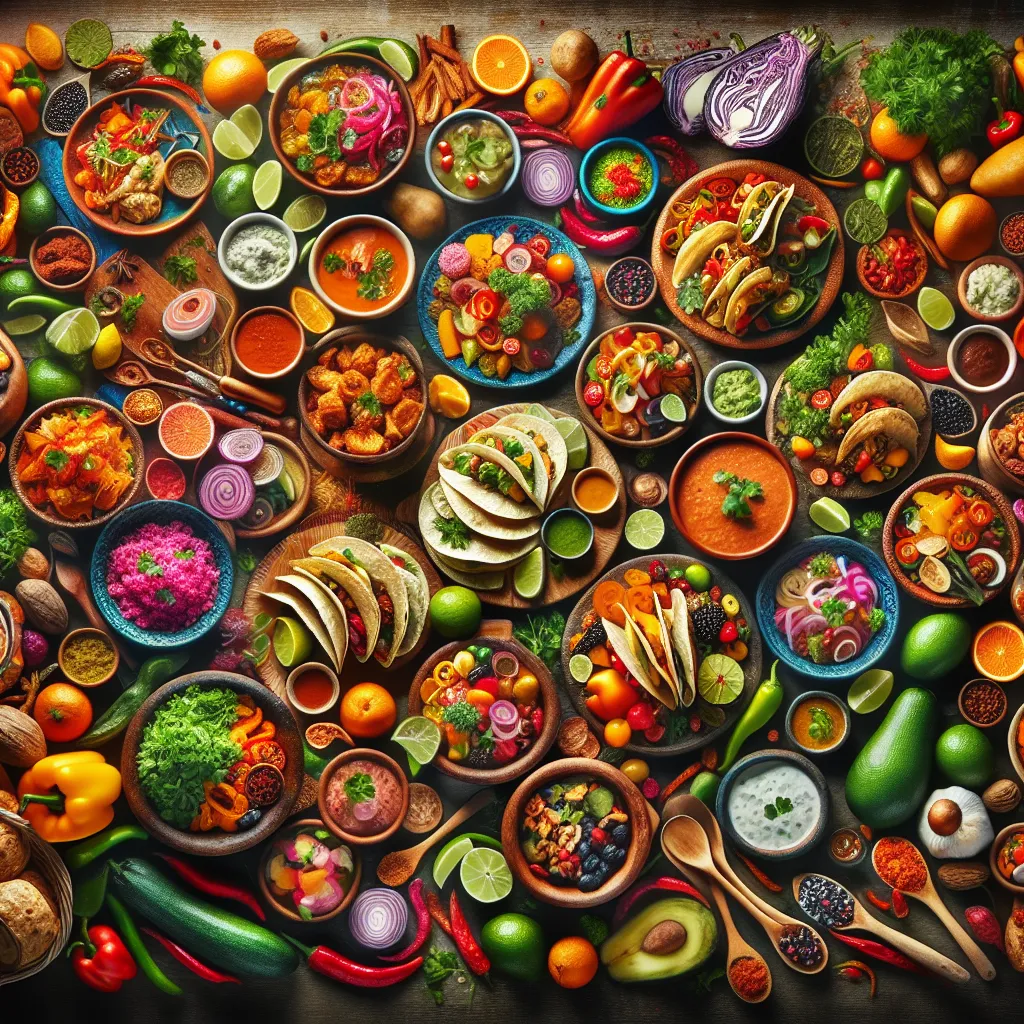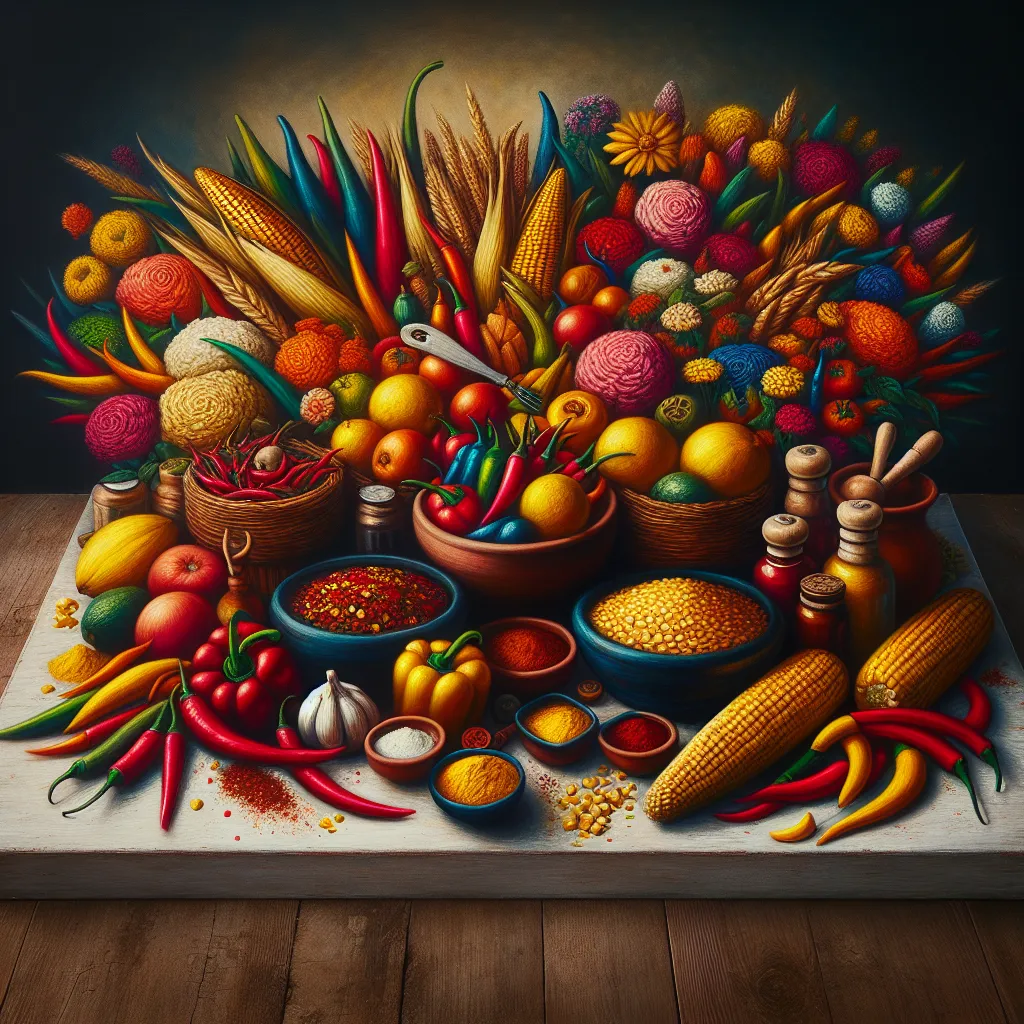The History of Latin American Culinary Traditions
Latin American cuisine is a vibrant tapestry woven from the rich history and diverse culinary traditions of the region. The roots of Latin American culinary traditions can be traced back to the indigenous peoples who inhabited the land long before the arrival of European settlers. These ancient cultures, such as the Aztecs, Mayans, and Incas, cultivated a deep understanding of the land and its bounty, which laid the foundation for the flavors and ingredients that define Latin American cuisine today.
With the arrival of Spanish and Portuguese explorers in the 15th and 16th centuries, Old World ingredients such as rice, wheat, citrus fruits, and livestock were introduced to the New World. This marked the beginning of a culinary fusion that melded traditional indigenous ingredients with European flavors and cooking techniques. The transatlantic slave trade also played a significant role in shaping Latin American cuisine, bringing African influences that contributed new spices, cooking methods, and ingredients to the culinary landscape.
The diverse geography of Latin America further enriched the culinary traditions of the region. From the lush rainforests of the Amazon to the Andean mountains and the coastal plains, each area offered a unique array of ingredients, including tropical fruits, seafood, grains, and a variety of chili peppers that added depth and complexity to the flavors of the cuisine.
Over time, Latin American cuisine has continued to evolve, influenced by waves of immigration from Europe, the Middle East, and Asia, further contributing to the tapestry of flavors that define the region’s gastronomy. Today, the culinary traditions of Latin America are celebrated worldwide for their bold and tantalizing flavors, making them a beloved and essential part of the global culinary landscape.
Exotic Ingredients: A Closer Look at Latin Spices and Herbs
Latin cuisine is renowned for its rich and vibrant flavors, which are achieved through the use of a variety of exotic ingredients, particularly spices and herbs. These flavorful additions not only enhance the taste of dishes but also provide a distinct identity to Latin American culinary delights.
One of the key elements of Latin cuisine is the abundant use of spices such as cumin, paprika, and oregano. Cumin, with its warm and earthy notes, is a staple in Latin American cooking, adding depth to dishes like empanadas and chilies. Paprika, derived from dried and ground peppers, imparts a smoky, sweet flavor and vibrant red color to many Latin dishes. Oregano, whether fresh or dried, is used generously in Latin cuisine, lending a robust and aromatic essence to salsas, meats, and dressings.
Herbs also play a vital role in defining the flavors of Latin American dishes. Cilantro, with its pungent and citrusy undertones, is a ubiquitous herb in Latin cuisine, featured prominently in salsas, guacamole, and marinades. Another commonly used herb is epazote, known for its strong, pungent flavor that pairs well with beans and meats, particularly in Mexican cooking.
Exploring the world of Latin spices and herbs opens up a treasure trove of flavors and aromas that form the backbone of this vibrant culinary tradition. Understanding the nuances of these exotic ingredients allows enthusiasts to recreate authentic Latin dishes and savor the true essence of this diverse and tantalizing cuisine.
Mouthwatering Latin Desserts: A Journey through Sweet Delights
Latin cuisine is famous for its rich and diverse flavors, and when it comes to desserts, the options are truly mouthwatering. A journey through the world of Latin desserts reveals a delightful array of sweet delights that are sure to satisfy any sweet tooth.
One of the most iconic Latin desserts is Tres Leches Cake, a sponge cake soaked in a mixture of three kinds of milk—evaporated milk, condensed milk, and heavy cream. This decadent treat is topped with whipped cream or meringue and is a must-try for anyone exploring Latin cuisine.
Another standout is Flan, a creamy caramel custard that is popular throughout Latin America. Its smooth texture and rich caramel flavor make it a beloved dessert choice. Churros, fried dough pastries dusted with cinnamon sugar, are another classic Latin American treat that delights the taste buds.
For those with a passion for chocolate, Brigadeiros from Brazil are an indulgent choice. These fudgy chocolate truffles are rolled in chocolate sprinkles and are a favorite at celebrations and gatherings.
Finally, we cannot overlook the flavorful delights of Alfajores, delicate sandwich cookies filled with dulce de leche and often coated in powdered sugar or coconut. These cookies are a perfect balance of sweet and crumbly, a true testament to the art of Latin desserts.
Exploring the rich flavors of Latin cuisine is an adventure for the senses, and the world of Latin desserts offers a delectable finale to any meal. Whether it’s the creamy sweetness of Tres Leches Cake, the comforting simplicity of Flan, or the indulgent richness of Brigadeiros, Latin desserts are a journey worth savoring.




